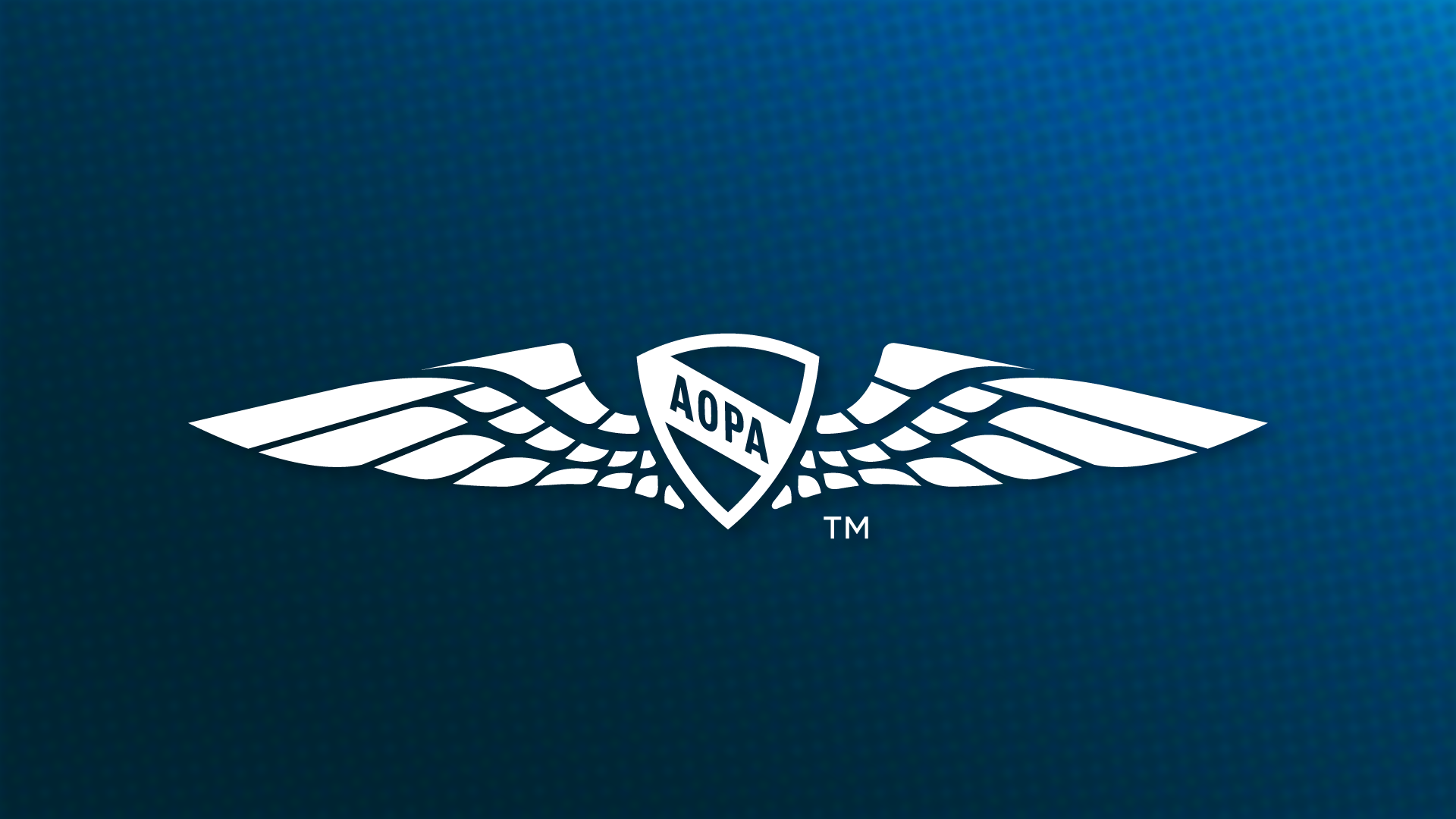Because propeller blades are fixed once they are manufactured, early airplanes required a tradeoff between climb performance and cruise performance. But with the invention of the propeller governor and constant-speed propeller systems, that tradeoff no longer had to be made. Constant speed propellers allow the pilot to optimize performance by setting a desired rpm. The system then changes the blade angle constantly to ensure that rpm value is met.
 How it works
How it works
- Oil from the engine applies constant pressure to a closed system called a governor. The governor consists of pivoted flyweights, a spring, a hollow gear drive shaft. The gear drive shaft is connected directly to the engine, meaning it turns the same rpm as the engine.
- As engine rpm decreases, the flyweights open, allowing a piece called the lift rod inside the shaft to open a valve that sends oil to a piston at the hub of the propeller.
- That oil pressure exerts pressure on a cylinder that then pushes on the hub of the blade, increasing its pitch.
- If the rpm increases, the shaft moves in the other direction, allowing oil pressure to decrease from the system. When that happens, the blades of the propeller decrease in pitch through counterweights or centripetal force.
Preflighting
To properly preflight the governor, put the propeller toward the feature position three times on the first flight of the day. This ensures the oil is warm enough to operate the governor, and it gives you a chance to check manifold pressure (increase), rpm (decrease), and oil pressure (decrease) during the test. The propeller should respond to the change within just a couple of seconds. If not, have a mechanic check it out.
When it doesn’t work
If the governor loses oil pressure, its natural state is to allow blades to go to low or flat pitch in a single-engine aircraft. This mitigates stress on the engine that would result from a feathered condition. The downside of this is that the propeller could overspeed, or go to a very high rpm. If you notice unusual rpm changes, or a rapidly climbing rpm, bring the power back quickly to avoid an overspeed. A multiengine aircraft that loses governor oil will feather the propeller.

